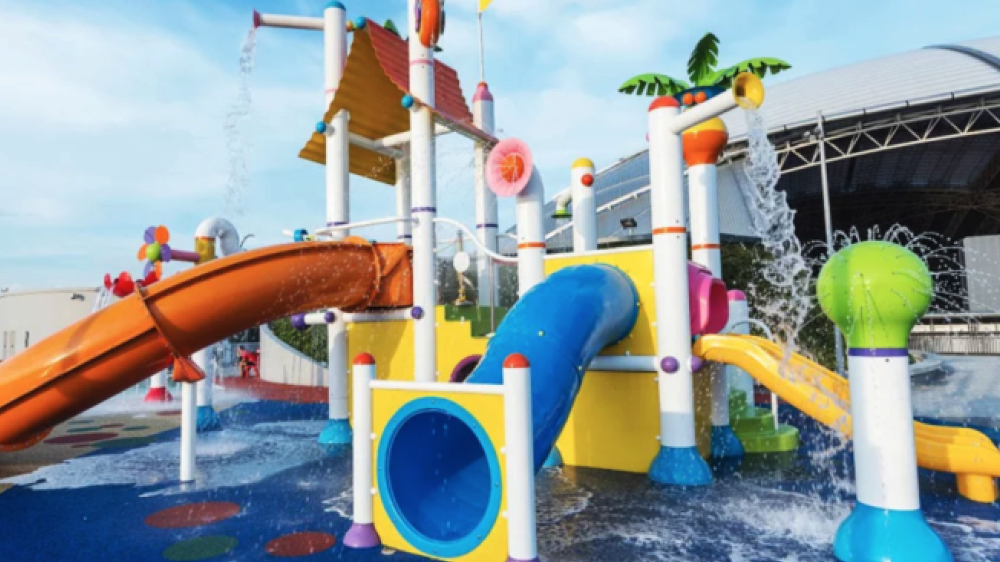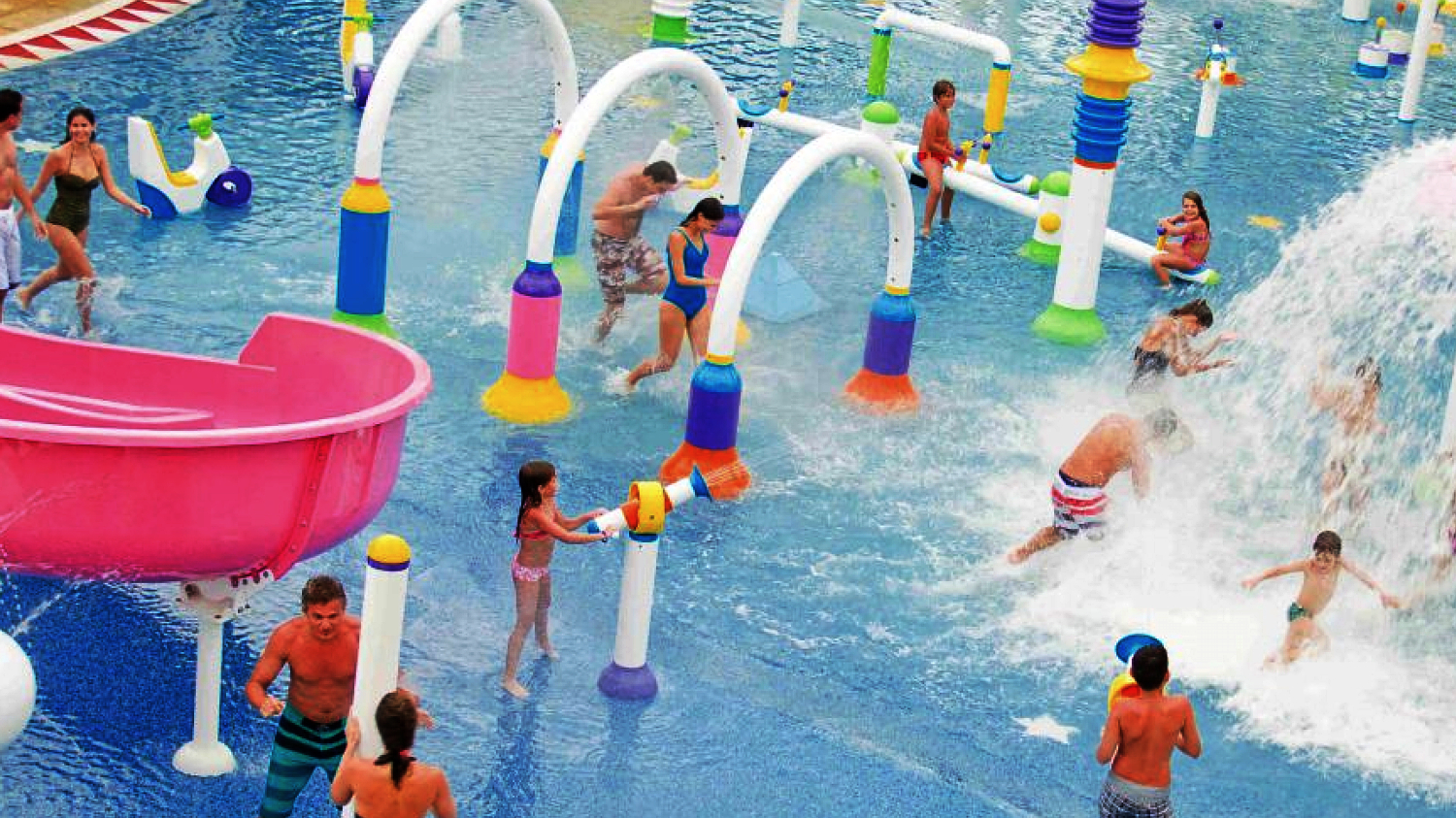4 Considerations for Planning a Safe Splash Pad | Sept. 18th, 2018
September 18th, 2018
You don’t have to look far to see evidence of the popularity of splash pads. Just visit any one of them on a hot summer’s day.
Even the internet can give you an idea of how much people enjoy splash pads. For example, here’s the opening paragraph on a blog post aimed at parents.
“In my opinion, nothing beats a splash pad for free neighbourhood summer fun! I especially love how kids, families, friends and neighbours of all ages come together to play and enjoy the cooling water jets and wafting mist.” – HaltonParentsBlog.ca
Splash Pad Safety is a Key Concern
If there is another overriding theme in conversations about splash pads, it’s safety. It is a primary concern for parents, planners and splashp ad equipment manufacturers alike.
If you are planning a splash pad installation for a community centre, residential complex, hotel or resort, consider the following elements in your planning to help make sure your splashpad is safe.
How to Plan for a Safe Splash Pad
A safe splash pad begins with making safety the priority in every stage of planning, design, splash pad equipment selection, installation, maintenance and use. The following are among the most important safety considerations.
Water Safety
Waterborne bacteria, including giardia and E. coli, are a constant concern. In the United States, the Center for Disease Control (CDC) has developed the Model Aquatic Health VCode (MAHC). It includes guidelines for UV treatment, rain diverter valves, washrooms, showers, surface area, signage, baby changing stations, and hand sanitizer dispensers for splash pads that use a water quality management system.
Space to Play
Injuries can happen if your guests don’t have enoug space to move and interact freely throughout the splash pad. A good rule of thumb is to have 25 sq.ft. of wet play area for each child. And it’s best to overestimate the popularity of your splashpad.
Keep All Surfaces Safe
Water makes many surfaces very slippery. MAHC guidelines are that any surface in and around the splash pad should have a coefficient of friction similar to broom-finished concrete. Manufacturers offer a number of options that meet the criteria, including EPDM rubber and polyurethane, and aliphatic thermoplastic polyurethane. But these materials can be susceptible to algae and bacteria growth. Be sure to talk to you splash pad equipment manufacturer about this and other elements of the surfaces they install.
Check the Safety of All Splash Pad Equipment
It’s where all the action takes place, so it pays to emphasize the safety of all the splash pads water toys and play equipment. In particular, make sure water pressure remains within the 20 FPS (feet per second) for every water toy. Thoroughly examine and test every piece of equipment, especially moving parts, for potential pinch points.
In the end, splash pad safety cannot be too high of a priority. If you have any questions about the safety of splash pad equipment and water toys, please contact us here at Empex Watertoys®.
– Recent News Posts –
Call Toll Free: 1.866.833.8580
– General Themes –





